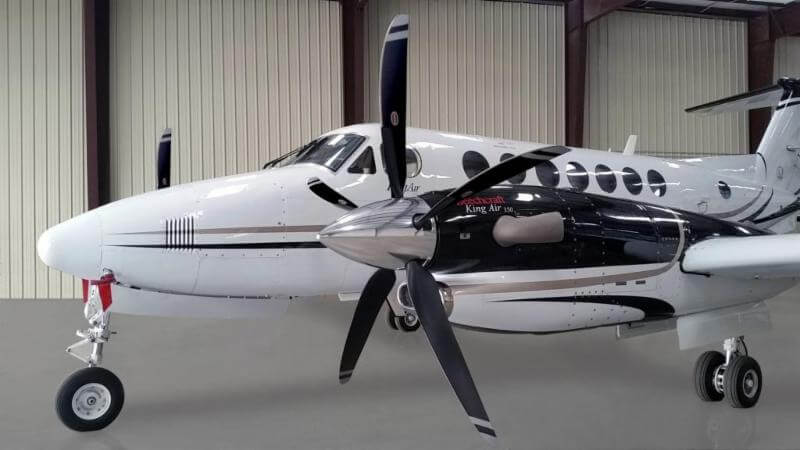Estimated reading time 2 minutes, 3 seconds.
Raisbeck Engineering has received a supplemental type certificate (STC) from the FAA for Hartzell Propeller’s newest structural composite swept blade props, designed specifically for Beechcraft King Air 350 turboprops.

Hartzell Propeller will feature the propeller at Booth C7812 at the National Business Aviation Association’s Convention & Exhibition (NBAA-BACE), held Oct. 10 to 12, 2017, in Las Vegas, Nev. The 106-inch diameter, five-blade propeller will also be on display at Raisbeck Engineering’s NBAA-BACE Booth C11812.
Hartzell designed and manufactured the King Air 350 propellers. Raisbeck performed the flight tests for the STC and will install in the aftermarket across its dealer network. The new King Air 350 propellers are an extension of propeller blade technology advancements developed by Hartzell for the King Air 90, King Air B200 series and King Air 300 series aircraft over the past three decades.
“The new composite propellers provide strong performance gains for the aircraft, including take-off distance, time to climb, and cruise speed,” said Hartzell Propeller executive vice-president JJ Frigge. “Importantly, the props also come with an enhanced, 3-year, 3,000 hour warranty,” Frigge added.
“The new five-blade swept propellers replace the standard Hartzell four-blade aluminum propellers on the King Air 350 fleet,” said Lynn Thomas, vice-president of sales and marketing at Raisbeck Engineering. “This provides nearly 50 lbs. of weight savings for the aircraft, improved single-engine climb performance, unlimited life blades, increased take-off acceleration, and is quieter.”
The five-blade technology, designed specifically for the King Air 350, greatly increases the utility of the world’s most popular twin-engine turboprop. By taking advantage of the aerodynamic effect of blade sweep, the strength of lightweight structural composites and robotic manufacturing technologies, performance is optimized in all flight phases.